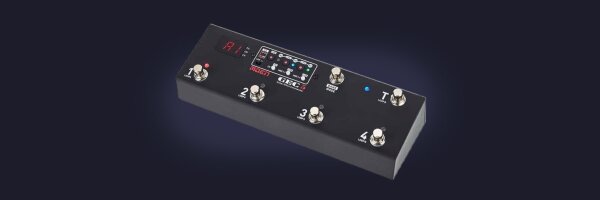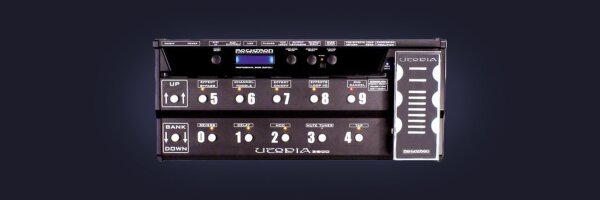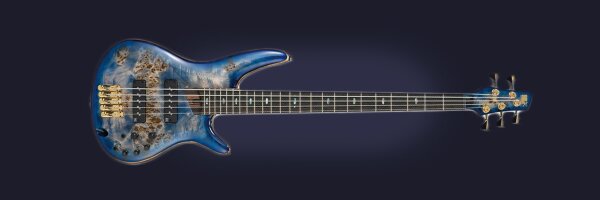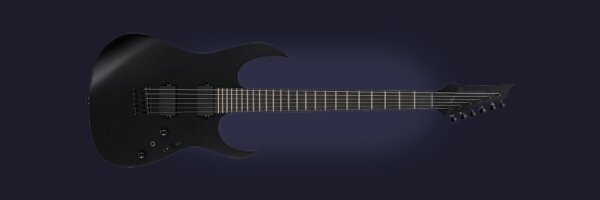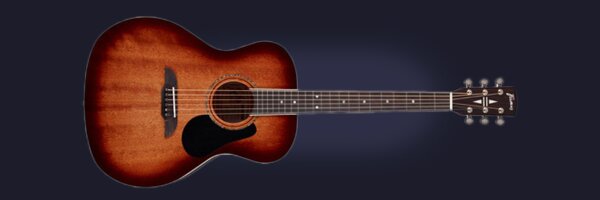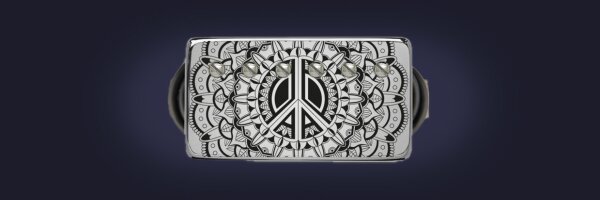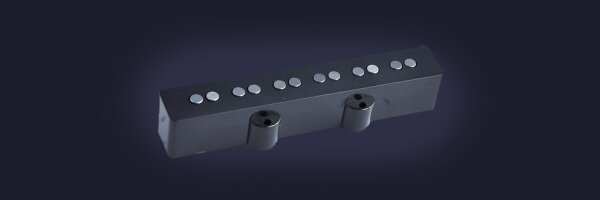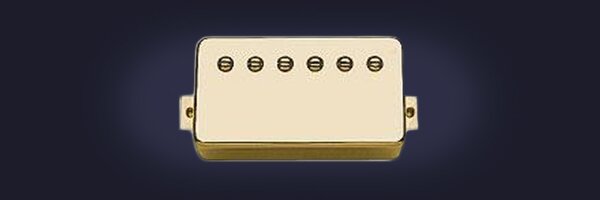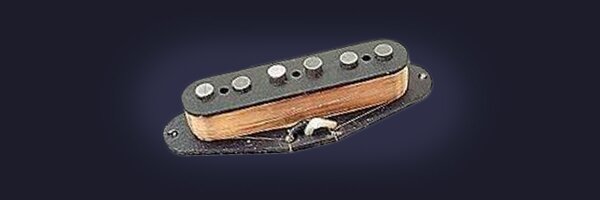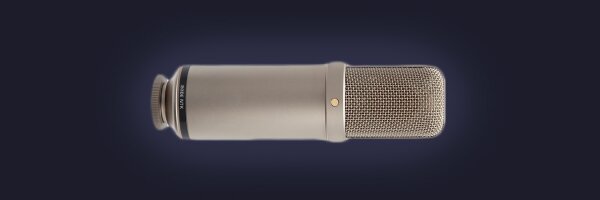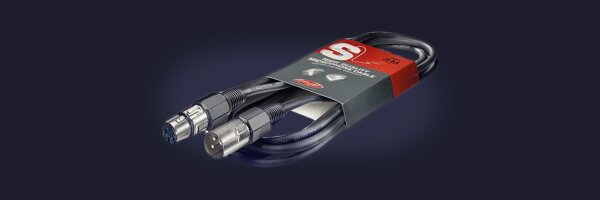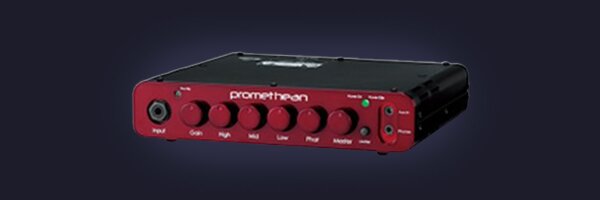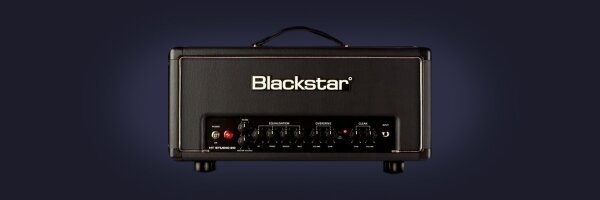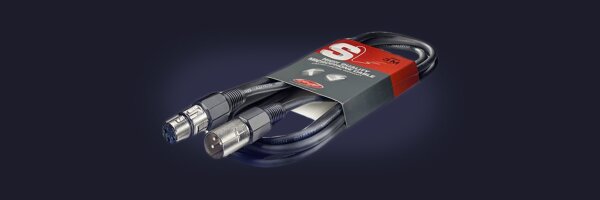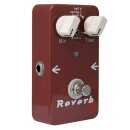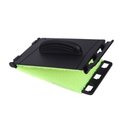- DI box for electric guitar
- Use both balanced and unbalanced outputs
- Lightweight and compact to slip into any setup discretely
- Robust design that is perfect for gigging guitarists
- Offers incredible flexibility for guitarists during both studio recordings and gigs
| Manufacturer | MOEN |
| Model | NDI-E Buffalo DI Box For Electric Guitar |
| Dimensions (H x W x D) | 33 x 43 x 95 mm |
| Weight | 115g |
| Power Supply | DC9V |
| Current Draw | <10mA |
| Input Impedance | 500 kOhms |
| Output Impedance | 10 kOhms |
| Connections |
DC Jack Input Jack Unbalanced Out Balanced (XLR) Output |
The MOEN NDI-E Buffalo DI Box For Electric Guitar offers guitarists the ability to split their signal into an unbalanced and a balanced signal.
The NDI-E box converts the incoming unbalanced signal into a balanced signal in order for it to be fed directly into a studio mixing desk/live mixing console. Thanks to the DC9V input, the unbalanced guitar signal is given the appropriate boost that is needed in order to make it powerful enough to be picked up by the mixer's input, without the need to increase signal gain, which can run the risk of introducing unwanted noise. Instead you're left with a delightfully smooth response.
There are many benefits to having one of these little beauties in your arsenal. For example, if you're recording at home or in the studio, you want to ensure that your tone is transmitted with the utmost clarity, retaining its intricate character across the frequency spectrum. Rather than having to rely on miking up a guitar amplifier, you can simply connect your guitar to your recording equipment via the NDI-E and record the clean signal, leaving any processing - e.g. effects, compression, EQ, etc. - until you've finished recording.
If you're interested in re-amping, you can capture an effects-laden signal, post-amp signal using the unbalanced output on channel 1, whilst the same recording is captured minus the effects or amplifier in channel 2. If you choose to make adjustment or try computer based effects plugins, you don't have to go through to process of recording everything again, or processing the previous signal - it's ready and waiting on channel 2.
If you're playing a live gig, you can send one signal to your stage amplifier, and send an alternative feed to the sound engineer's desk for processing, using in a monitor feed, or whatever else you can think of.
Building 63, 3rd Floor, Jin Long
Shenzhen, China, 518052
sales@moenfx.com
www.moenfx.com
Anger 18
Thüringen
Rosenthal, Deutschland, 07366
sales@mitanis.de
https://www.mitanis.de
- Artikelgewicht: 1,00 kg

